You’re a restaurant owner who’s begun searching for the perfect restaurant kiosk – after all, they are quickly becoming commonplace in quick-service establishments. But with so many options in the market boasting a plethora of options, how do you decipher which device is the best fit for your business? Ultimately, you’ll need to prioritize which restaurant kiosk features are the most important for your business, all while weighing those benefits against the implied costs of the hardware and other potential drawbacks.
Regardless of your nuanced business goals, you’ll undoubtedly require a self ordering kiosk that will increase the profitability of your business by improving the in-store customer experience, enhancing the restaurant’s efficiency, and ensuring each order’s accuracy. With so many factors to account for, we’re exploring the key features and benefits you might prioritize in your search for a self-ordering platform (and also pull back the curtain on some of the negative implications).
Must Read – 08 Reasons Why Your Restaurant Needs a Self-ordering Kiosk
The Pros of Implementing a Restaurant Kiosk
01. Digital evolution of the in-store customer experience
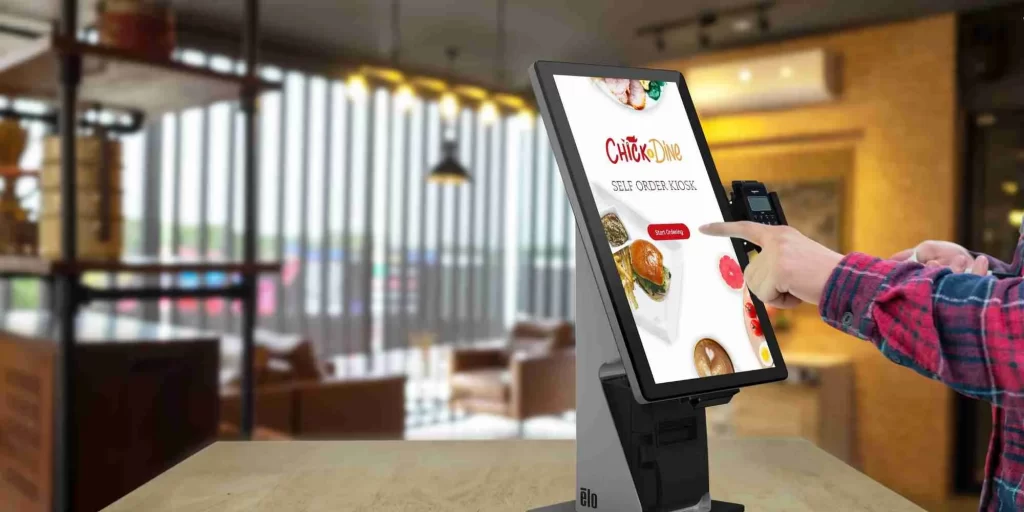
It goes without saying, but a restaurant that offers the option to submit orders via self-ordering kiosks is more likely to avoid the inevitable long lines that form during peak hours of the business. With an increasing number of high foot traffic, fast casual businesses are implementing self service kiosks to reduce the slowdown of in-person orders at the counter.
A primary advantage of having a diversity of ordering options is that customers will be able to self-select into their preferred ordering experience. Not only does this give customers a sense of control and autonomy, it more importantly ensures that even the busiest restaurants are less likely to lose customers deterred by long waits during rush hours.
Let’s also consider that self ordering kiosks add a certain level of digital modernity and sleekness to a storefront. Investing in this type of technology signals to your customers an effort to invest in the most cutting-edge experience to improve the in-store experience.
02. Improvement in meal transparency and insight
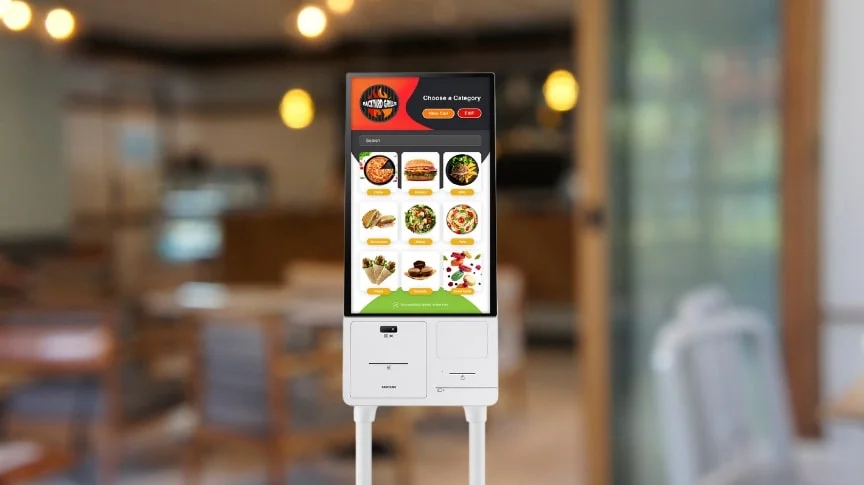
Is there an upcoming holiday? Is the weather outside hot or cold? These may seem like silly questions, but for marketers, this type of information can make all the difference in personalizing the shopping experience. With restaurant kiosks, owners have full control over the range of meals, items, combos, and bundles that are surfaced to customers, taking into account things like the season, weather, or even hour of the day. As for the customer experience, being in full control of perusing the variety of options and add-ons, as well as comparing prices and nutritional information is ideal. Due to the visual nature of self serve kiosks, restaurants are able to provide in detail the ingredients that make up a specific dish, highlighting perhaps even the origin story and ethos of the meal.
In this day and age, information and optionality reign supreme. Restaurateurs are able to provide full transparency into their food while customers have full autonomy to make educated buying decisions.
03. Reducing customer wait times and order accuracy
For anyone who’s ever worked in hospitality, communication breakdowns and poor infrastructure are the primary reasons for failed customer experiences and reduced profitability. Whether it’s the waiters and cashiers incorrectly submitting orders or staff shortages that result in long lines and waits, self-ordering kiosks present a solution to many of these woes.
With self service kiosks, human error is reduced to a minimum. Any misunderstanding during the order submission is due to the customer’s misinterpretation, which can be resolved with clearer messaging. Upon order submission, the kitchen is notified with immediacy and accuracy, leading to faster execution and delivery. On top of that, many restaurant self serve kiosks also alert the customer of their estimated wait time, leading to clearly communicated expectations.
04. Rethinking labor costs and staffing overhead

The number one expense of all businesses is labor. In fact, 73% of restaurants say they are experiencing a labor shortage. In the US, the average restaurant profit margin is just 7%, which means that for every $100 in sales, the restaurant only profits $7. Although restaurant kiosks are not a cheap investment with most machines selling for between $2,000 and $7,000, the long-term cost savings in labor is evident.
Let’s do the math. If a full-time cashier is making $15/hour (minus benefits) and working an 8-hour shift for 5 days a week, they are costing the restaurant roughly $29,000 per year. If a restaurant owner instead installs 2 kiosks for $5,000/kiosk and each kiosk survives 2 years, they will have saved roughly $50,000 over just the initial 2 years.
Must Read – Self-Ordering Kiosks Help Combat The Labor Shortages In The Restaurant Industry
05. Rise of the personalized ‘in-store’ shopping experience
Most self service kiosks allow a restaurant to update the kiosk interface with ‘whitelabeled’ or branded material. From logos to fonts to menu layouts, the self ordering kiosk inevitably becomes a permanent advertisement promoting your brand.
Modifying the self-ordering kiosk experience is also intuitive. Empower your managers to make real-time adjustments to the content of the kiosks depending on the state of the business at any given time.
06. A new age of inventory management

Every restaurant has a product that needs to be sold. Perhaps it’s a new dish or offering that needs spotlighting. Maybe there is limited shelf space that needs to be made available for new products. Or perhaps there is a surplus of inventory that risks going to waste. Regardless of the reason, self service kiosks offer an opportunity to push products.
While a customer places an order, the restaurant kiosk can highlight certain dishes or even surface time-sensitive discounts, encouraging diners to take advantage of the offers.
07. More customer data for operator optimization
Restaurant Kiosks ultimately are an e-commerce shopping experience built for physical storefronts. Many self service kiosks provide you with what marketers call ‘funnel dropoff’ analysis – this type of insight allows restaurateurs to make adjustments to the kiosk ordering experience as it pertains to adding initial items, upselling and cross-selling items, and checking out.
08. All payment types welcome with restaurant kiosk
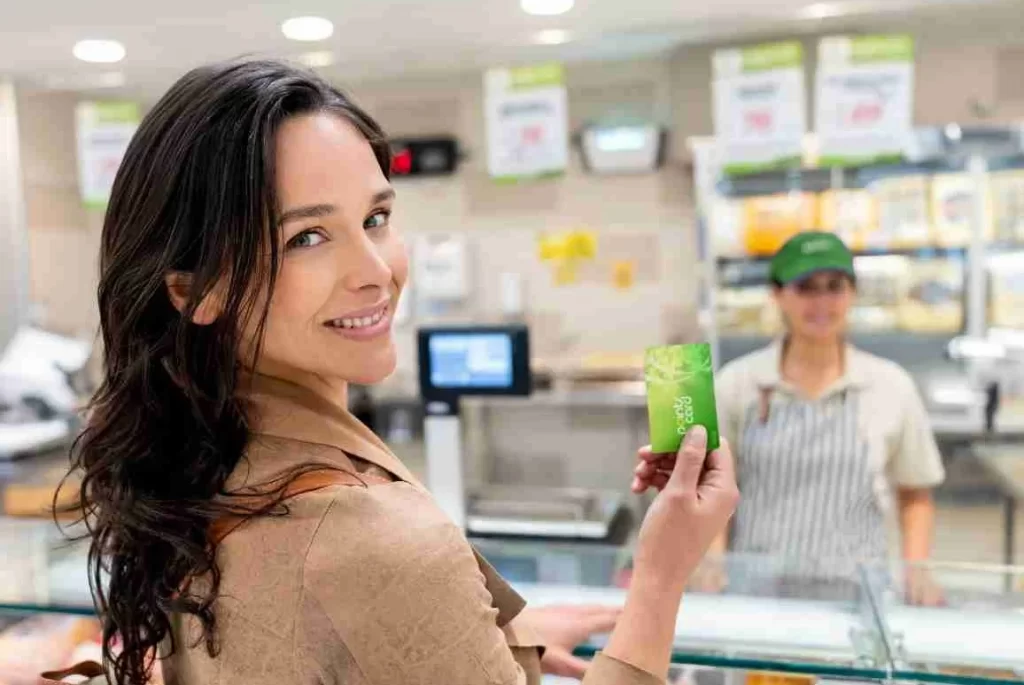
Have you ever regretted not implementing Apple Pay or another tap-to-pay offering at your business? Seemingly with each passing day, there is a new payment offering that becomes mainstream.
The advantage of self ordering kiosk is that although they are most simply a hunk of hardware taking up space in your establishment, the magic of the machine is in the software that fuels its capabilities. Restaurant kiosks, unlike traditional credit card terminals and cash registers, are more likely to be able to adapt quickly to new payment types. Who knows, perhaps restaurant kiosks will soon be able to accept the ever-popular cryptocurrencies like Bitcoin and Ethereum in the near future.
09. Collecting feedback becomes commonplace with restaurant kiosk
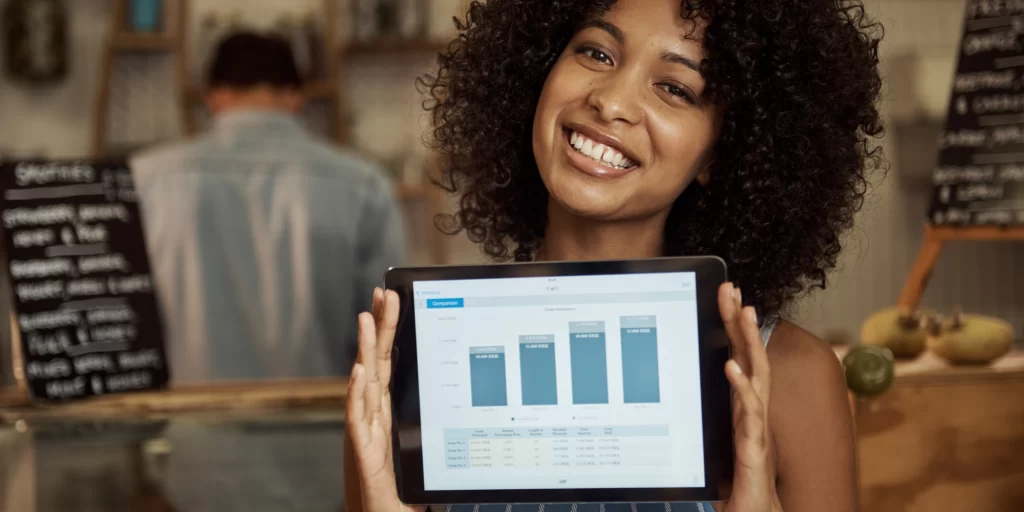
Restaurant Kiosks arm managers and owners with a wealth of analytics that provide insight into the customer experience. Examples of powerful reports might be insight into the average time per order, the average number of items per order, the average basket size, the most commonly ordered items at what times, the most popular offers and discounts and more.
Analytics unlocks the power to make educated iterations in the future. Whether it’s insight into the most popular products to iterate on or the types of macro food trends that are sweeping consumers, restaurants will be able to offer their customer base an ever-improving experience.
Let’s also not forget the importance of feedback. Surveys on the back of receipts and Yelp reviews are nice, but there’s nothing more impactful than real-time and immediate feedback from customers following their dining experience. Kiosks are perhaps most powerful for their ability to gain insight into a customer’s experience at that very moment. With more feedback, restaurants are able to move quickly and fix growing concerns or double down on the things that are working.
Must Read – The Vital Dos and Don’ts of Self-ordering Kiosks
The Cons of Implementing a Restaurant Kiosk
01. Alienation of the less tech-savvy generation
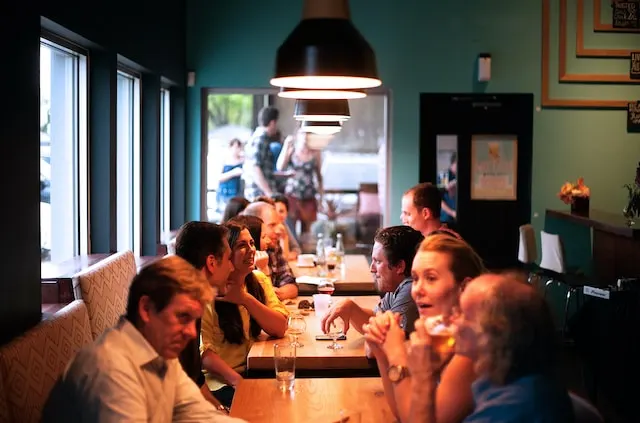
The digital age has the potential to alienate the older generations that are inconveniently less tech-savvy. With the rise in QR codes and contactless dining , many customers have at times become confused and irritated with these new devices, thus causing confusion and an unpleasant experience for anyone involved.
02. Customer ‘analysis paralysis’
More ordering options and more detailed meal-related information can oftentimes lead to customer ‘analysis paralysis’. If the ordering and checkout flow aren’t optimal, customers might have a tendency to linger and delay while putting in even the simplest of orders. This then eradicates any time savings that self ordering kiosks initially yielded.
03. Erosion of the human experience

Machines offer a seamless ordering experience. But there are many customers who still enjoy and seek out the human experience of ordering with a living, breathing counterpart. Restaurant Kiosks, although efficient, don’t provide the same personal touch that a human cashier can offer. For some customers, ordering quickly and getting out the door is of supreme importance. But for others, the dining experience is as much about human interaction as it is about the consumption of food.
04. Fewer jobs for the people that need them
More machines replacing humans means fewer jobs. Sure, hiring and retaining employees may be inefficient and unpredictable, causing friction for restaurant and retail operators. But at the end of the day, enabling individuals to survive and develop is in some ways the cornerstone of our economy.
05. Restaurant operator ‘analysis paralysis’
Yes, kiosks are powerful in their innate ability to enable customers to add and remove items easily, examine the nutritional details, and price compare. However, the downside of this experience is that the more time spent on a restaurant self ordering kiosk, the higher likelihood for customer queues to build up or for a customer to become confused and abandon the shopping experience altogether.
Similar to the tendency for ‘analysis paralysis’ discussed earlier, the ability to customize the checkout experience can often lead to an ‘over-optimization’ of what could be a simple order flow. We would liken this to the experience we all have had trying to cut out a specific paper shape or coloring in-between the lines – our human obsession with getting things perfect often results in a worse overall outcome than what we initially intended.
Must Read – Elevate Your Customer Experience With Self-Ordering Kiosks
Conclusion
If you’ve made it this far, you’re most likely already doing the right thing by making the most educated decision you can for your business. In short, restaurant kiosks aren’t an insignificant investment. But what is clear is that they afford you a clear path to increase reviews, improve customer experience, and join the wave of a technology-driven industry.

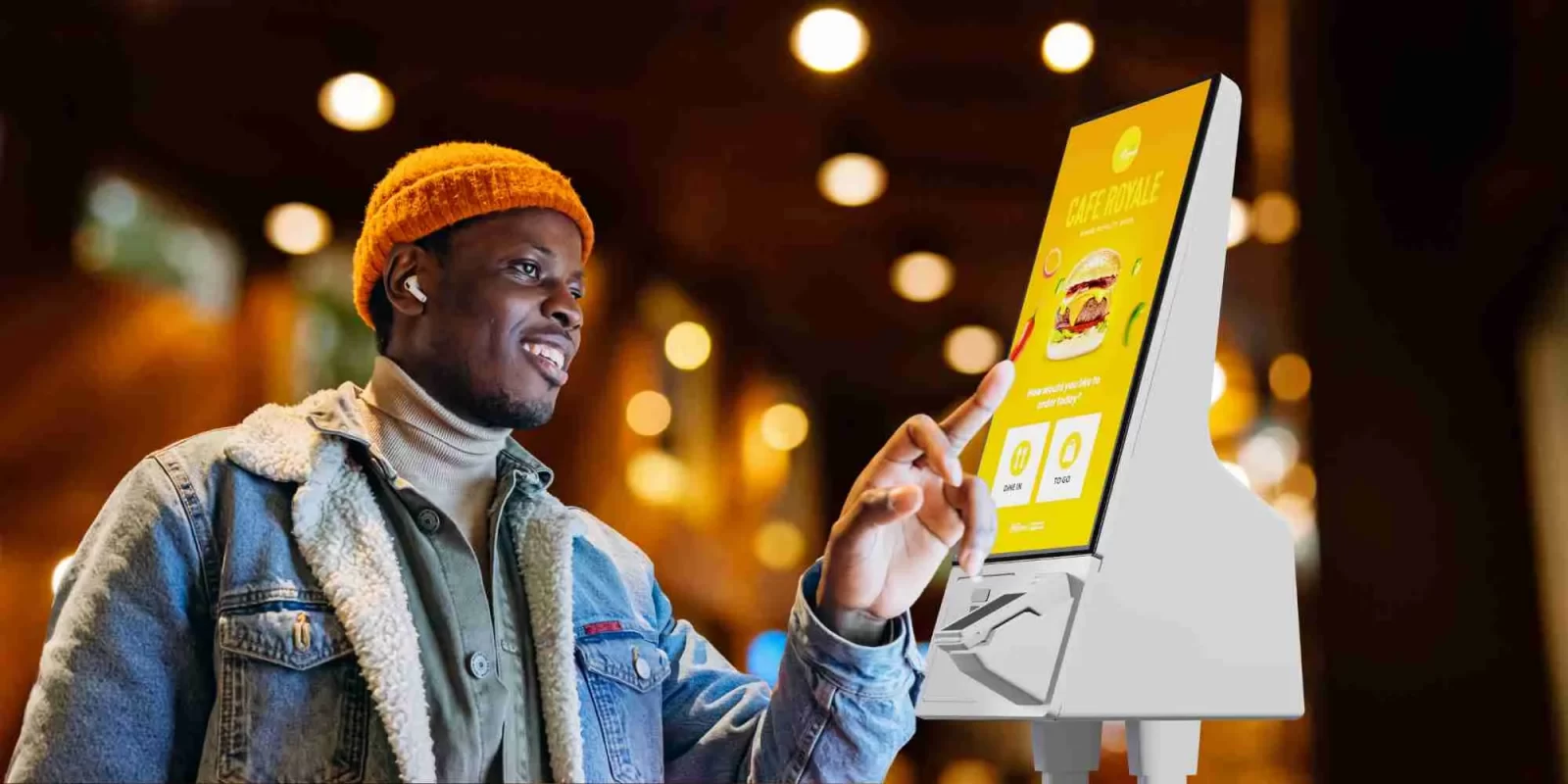


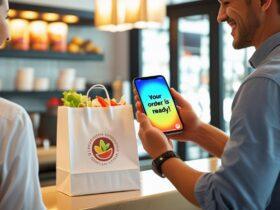





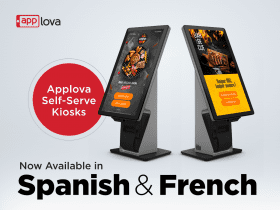
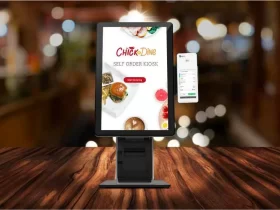
Leave a Reply